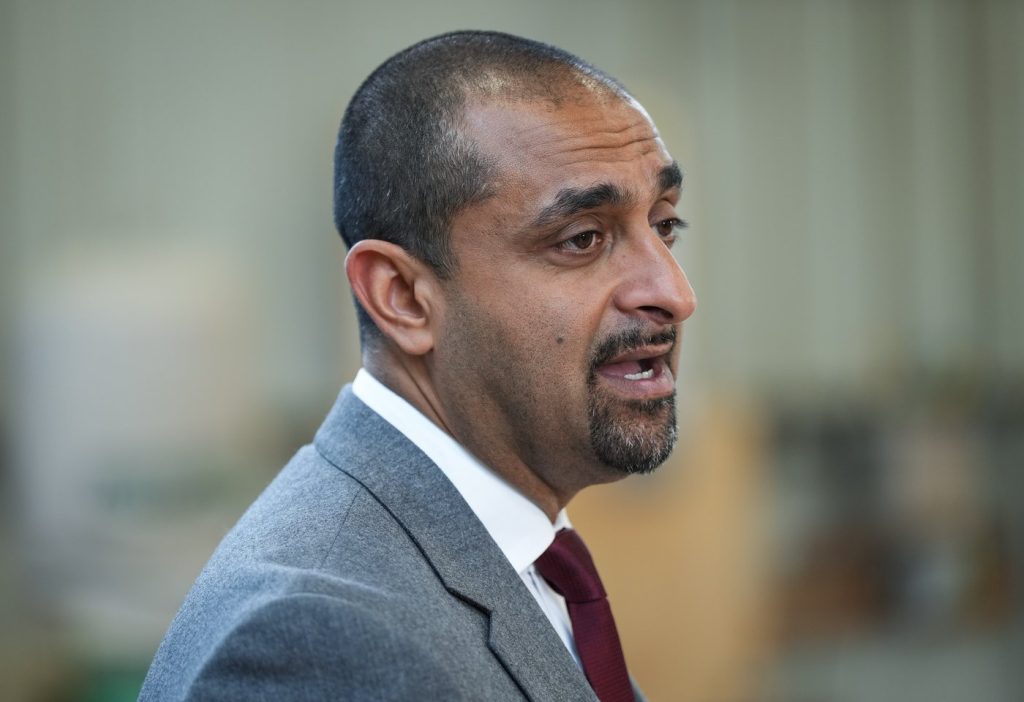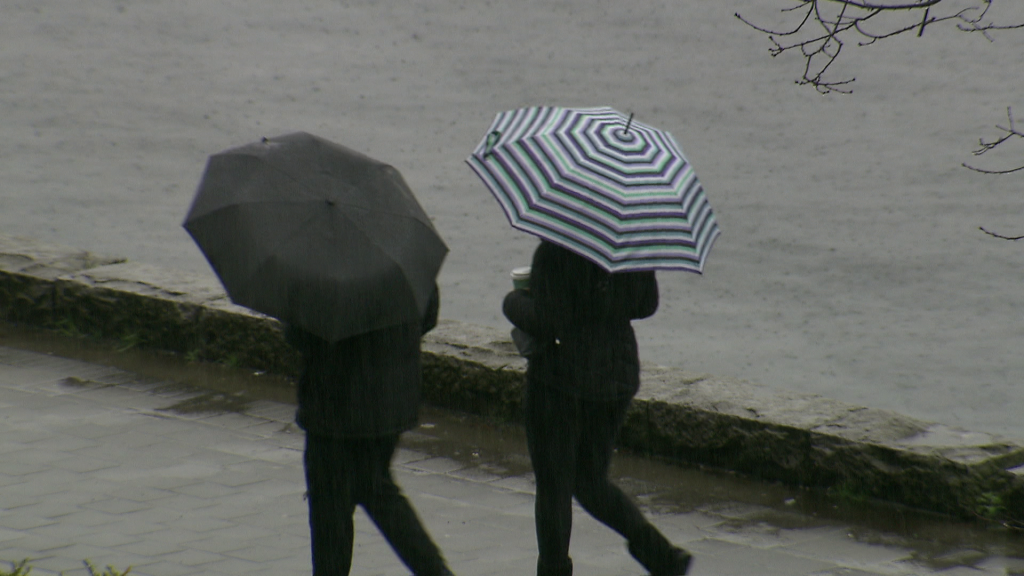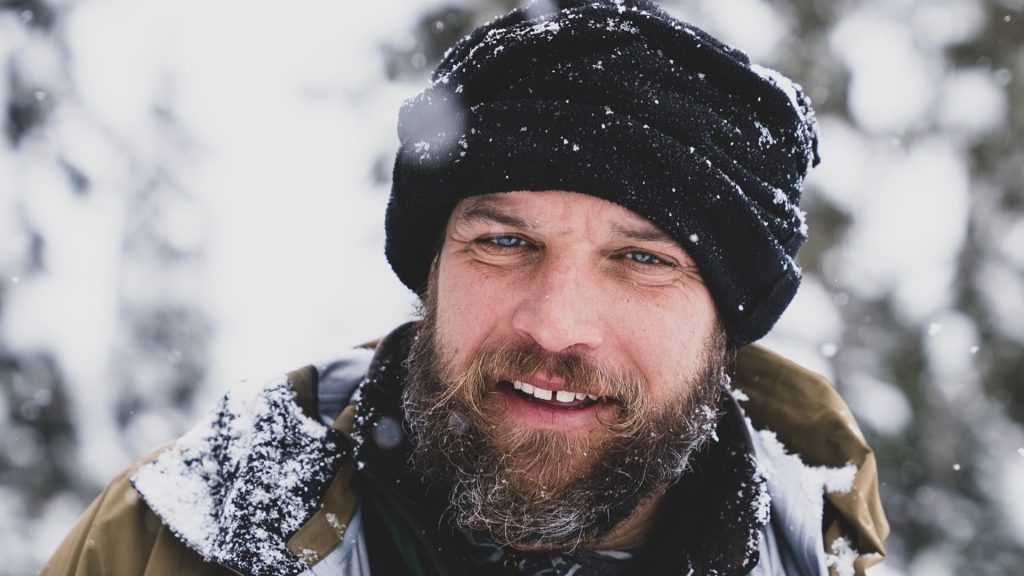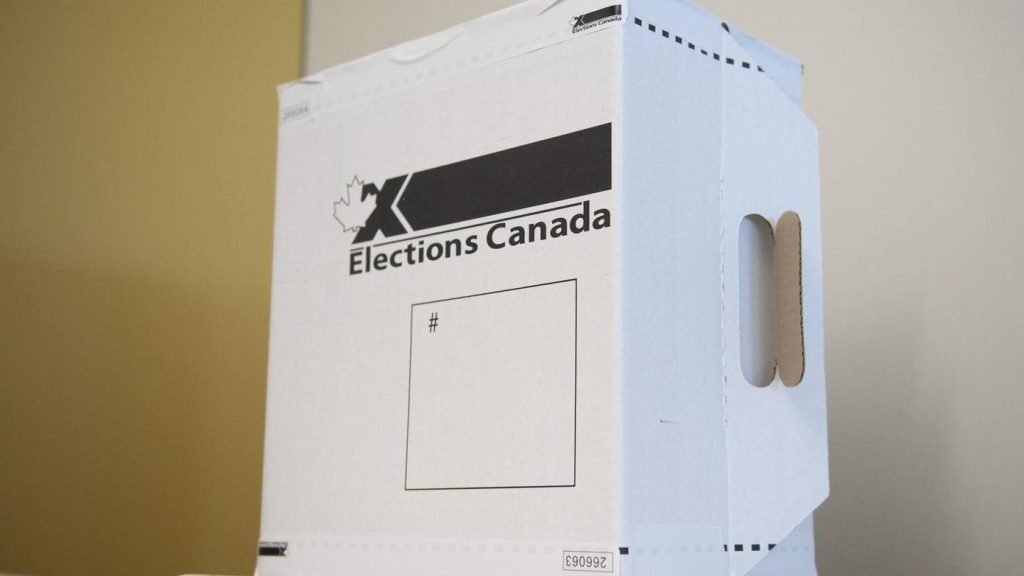Stó:lō Nation says 158 children died at Fraser Valley residential schools, institutions
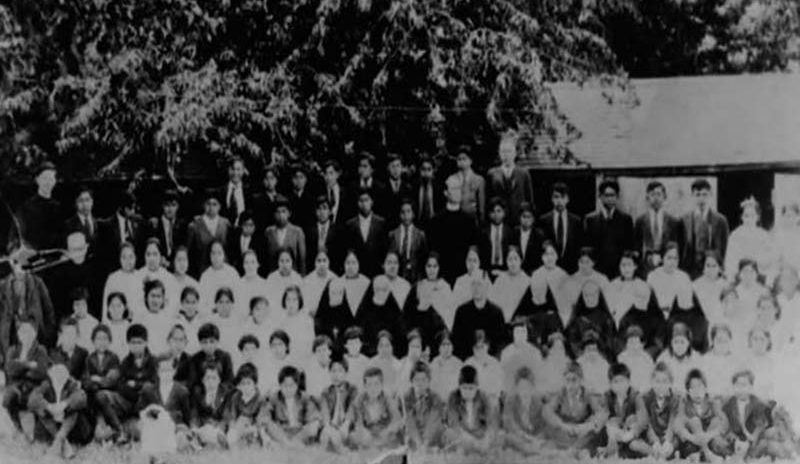
Posted September 21, 2023 12:03 pm.
Last Updated September 25, 2023 5:02 pm.
Editor’s Note: This article contains disturbing stories of experiences at residential schools. The Indian Residential School Survivors Society operates a 24-hour crisis line to support survivors and families across British Columbia and beyond. The Lamathut Crisis Line can be reached by calling 1 (800) 721-0066.
The Stó:lo Nation, whose traditional territories cover much of the Fraser Valley and eastern Lower Mainland, has revealed “with certainty” that 158 children died at former residential school sites and historically segregated hospitals for Indigenous people.
The Nation’s Xyólhmet ye Syéwiqwélh (Taking Care of Our Children) team provided an update Thursday following two years of oral-historical, archival, and geophysical findings of four different institutions.
These include the two sites of the St. Mary’s Residential School, Coqualeetza Industrial Institute, All Hallows School, and Coqualeetza Indian Hospital. The institutions are located throughout the Fraser Valley and eastern Lower Mainland, around Chilliwack, Mission, Hope, and Yale.
“We have carefully and rigorously analyzed the information we have gathered, and we are confident in sharing numbers about the children who died at these institutions,” said Amber Kostuchenko, a researcher with the project.
Looking closer at the findings, researchers say five girls died at, or as a result of attendance at All Hallows School in Yale. Kostuchenko says all five died of illness.
At the Coqualeetza Industrial Institute — a residential school — 37 children were confirmed to have died at or because of their attendance at the institution. Among those, three are said to have died of reported “accidents.”
In one case, Kostuchenko says a child died because they were jumped on by another student. Another reportedly died after “hitting their head against the bed under unknown circumstances. The third is said to have died of a broken spine suffered while “jumping rope.” Kostuchenko adds that 25 of the confirmed deaths at the institution were the result of illness, and the causes of death for the remaining nine children are not known.
The Stó:lo Nation, which represents 11 separate First Nations, began the investigation after preliminary findings of unmarked graves at Tk’emlúps (Kamloops), Penelakut Island (Kuper Island), and elsewhere across Canada in recent years.
At the two sites of St. Mary’s Residential School in Mission — the longest-running residential school in B.C.’s history — Kostuchenko says they confirmed 20 children died at or because of their attendance. She says the youngest child was seven years old, while the oldest was 18.
Researchers say 17 of those deaths were the result of illness, while the causes for the remaining three are not known.
At the Coqualeetza Indian Hospital — which served as a segregated tuberculosis ward for Indigenous peoples and was eventually turned into a residential school — researchers found that 96 children died at the location. Of those, 79 were found to have died of tuberculosis, seven died of other illnesses, while the causes of death for the remaining 10 are not known.
Researchers have only half of relevant documents needed
The findings revealed Thursday are just from the first phase of the Xyólhmet ye Syéwiqwélh investigation on the lands of 11 First Nations.
Kostuchenko says researchers have only obtained roughly half of the 70,000 documents needed to account for what happened to their relatives in the institutions.
The research team has also conducted about 200 interviews with survivors of the institutions.
Lead researcher Dr. David Schaepe says after just a few of those interviews, he had heard stories of atrocities committed against children.
“We heard cases of children being killed. We heard of the secret of the burial of children who died and the forced burial of children by other children. We learned of the secret of burial of babies,” he said.
“We were told that the St. Mary’s old school was characterized as a place of punishment and starvation and the new school a place of pedophilia.
“We were told of atrocities including physical, mental, emotional and spiritual abuse of capital punishment of the intentional confinement and exposure of children to diseases as forms of punishment of forced and exploited child labour, to the point of consumption.”
Kostuchenko says the goal of the investigation is to provide closure to the families who have been impacted by the institutions.
“As our research eventually ends, we plan to share the knowledge we have gathered about these children with their living relatives,” she said.
With files from Charlie Carey
